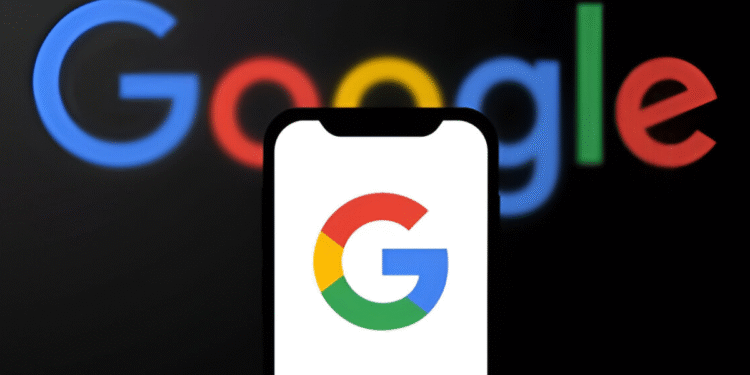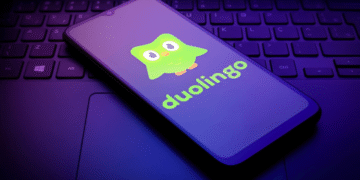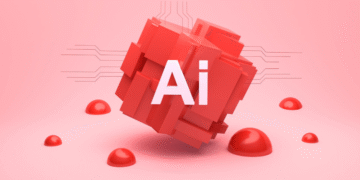What if your sunglasses could teach you French while youв’re waiting for your morning coffee?
When Google quietly released their new Little Language Lessons AI tools, the company may be showing the public the next stage in language learning – and it might not be part of your phone, but your glasses, or the camera on your wrist.
Although the tools are not fully functional, the tech industry has been excited about other possibilities such as instant object recognition, real-time translations or talking to AI-generated chatbots without using your hands, it being in context, and being on the go.
The Tools of this Movement
The suite of experiments tested by Google — Tiny Lesson, Slang Hang, and Word Cam — are empowered by the company’s Gemini AI. The products touch each one from scenario-based lessons, through AI-generated slang conversations to the visual vocabulary found in images.
On their own, the three represent the possibility of a very early model of a wearable learning assistant.
“It’s clear that these tools were created for usage in the real-world, “said Priya Sandhu, a technical analyst. “You take a picture of where you are, tell them what you are doing, and then Google gives you the information, that can be the words you picked up, in that context of your environment — all done through AI. This is not by accident. This is a step-by-step guide.”
From Phones to Faces: The Wearable Change
Although the technology giant has not made any official statement about a possible hardware integration, the Word Cam tool’s ability to allow users to make pictures of items in order to learn vocabulary, is very suggestive of what smart glasses might offer in the years to come.
A market in Tokyo where you walk with AR glasses that will translate the name of every item you see in the Japanese language. By tapping your glasses, you can get the glasses to speak the sentence. Look at a label, and it comes to life with the cultural context completely translated.
This is not an imagination of a distant future. Meta has only recently incorporated AI in its Ray-Ban smart glasses, and also Apple is planning to release their AR glasses in 2026 with live translation tools. Maybe, Google will also launch wearable gadgets for their language AI application after it is ready for real use.

A Brand-New Holiday Experience
This will particularly be of consequence for people who are traveling. The translation app or phrasebook will be obsolete, and so travelers can commune with foreigners one-on-one while the AI thing translates everything they say and all they can hear into their mother tongue.
The participants of communication in foreign languages-menus, signs, directions, conversations-all can be understood and given the corresponding language background really quickly. As for local inhabitants, it may the case of more efficient customer service and possibly more pleasant communication with tourists and still more that tell of effective cultural exchange.
WIll Schools Become Redundant?
As AI becomes more updated and comprehensive in terms of personal usage, traditional language learning than may thus relocate from physical classrooms to mobile set learning that is more centered around real-life situations. In case the learners can only soak up new words and phrases in the course of their daily routine while e.g., taking a subway, cooking, or shopping they get to a situation like co-education becomes a teaching aid.
“It’s the difference between reading about a place and actually living there,” noted language learning specialist Elena Torres. “Myopically studying language is being replaced by technology-enabled cohabitation in a language.”
What’s Next for Google?
For now, the Little Language Lessons is currently running a test in Google Labs. If the tools succeed, they could be implemented in Pixel devices or in a future reactivation of the Google wearable lineup.
What is the main point? Google is not only teaching you to say “Where’s the bathroom?” — it’s also painting a picture of a future where your devices might be able to predict the question before you ask.
Today, through your browser, it is a trial. In the future, it may be Google’s latest AI leap that is popping up on your glasses. With the assistance of Google’s latest AI, language learning will most likely become an integrated part of the real world, spreading like wildfire — one object, one sentence, one photo at a time.














